Induced pluripotent stem cells - cell culture survey insights
Induced pluripotent stem cells (iPSCs) have emerged as a revolutionary tool in biomedical research due to their ability to differentiate into various cell types, mirroring the development of tissues and organs in the human body. This versatility holds immense promise for regenerative medicine, disease modeling, and drug discovery, offering unprecedented opportunities to advance our understanding of human health and pathology.
This 2024 survey offers insight into iPSC culture models and reagents by compiling responses from diverse researchers and labs. We summarize key patterns in iPSC culture, including media, substrates, and supplements, highlighting diversity and emerging practices. Our goal is to advance iPSC-based technologies for clinical applications.
Please note, that iotaSciences does not endorse mentioned culture reagents or has affiliations with their manufacturers or suppliers.
- Participants - overview
Survey respondents primarily hail from universities and academic research institutions, with a substantial representation from principal investigators, graduate students, and post-doctoral researchers. Over half of the respondents boast extensive (7+ years) and profound experience with iPSC culture.
Furthermore, the predominant use of iPSCs among participants is for disease modelling, followed by drug discovery, developmental biology, and cell & gene therapy. Diagnostics represent a smaller proportion among the participants.
- Job title & position

- Research area & expertise
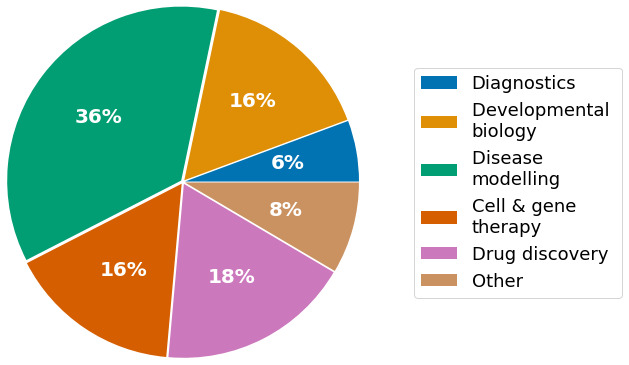
- Years experience working with iPSCs
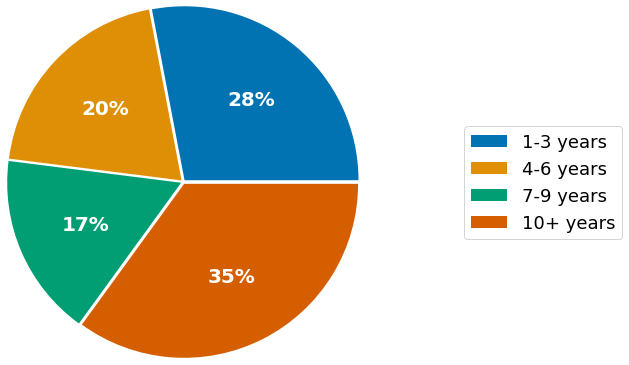
- Number of iPSC lines utilized

- Culture models and formats
Nearly half of our survey participants utilize more than 5 iPSC cell lines, with one-third utilizing 10 or more. This significant number of iPSC lines may reflect that some respondents offer services to collaborators and internal groups with a diverse set of iPSC lines.
2D culture remains the most prevalent among participants, followed by 3D and single-cell culture. Organ-on-a-chip technology was the least relevant among the cohort.
- Culture formats

- iPSC culture models relevance
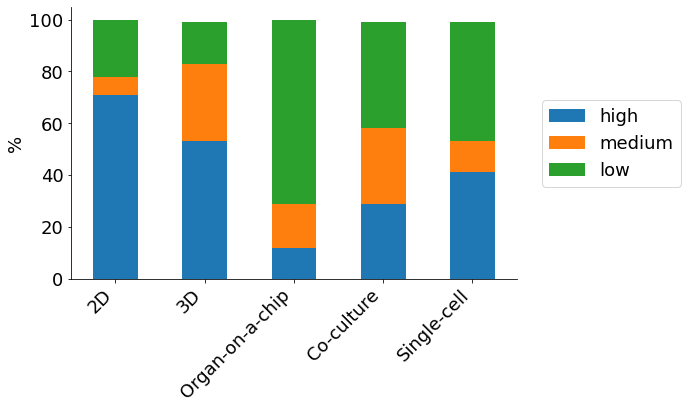
- Coatings for bulk culture
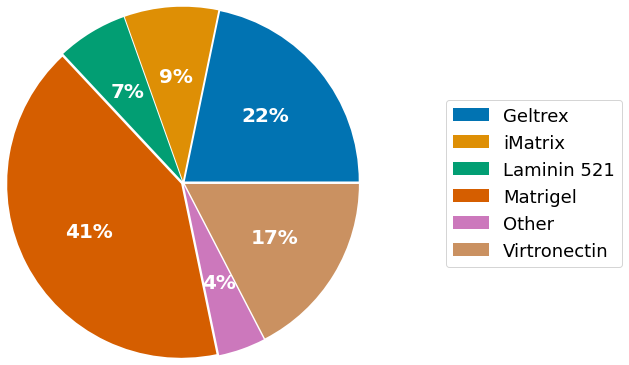
- Culture medium for bulk culture
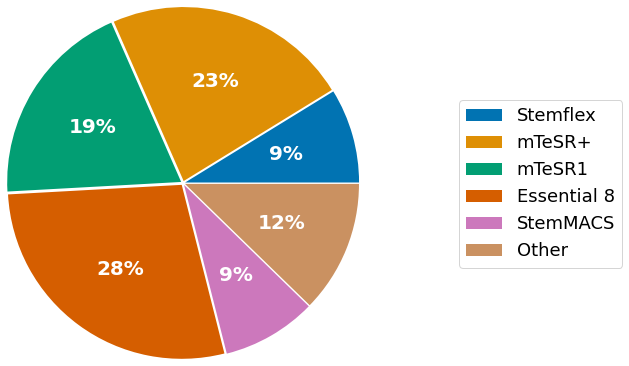
- Supplements for bulk culture
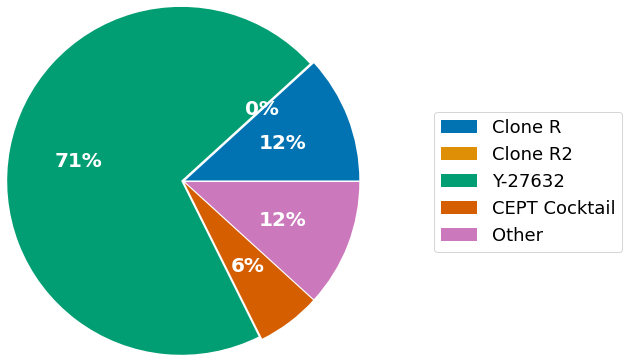
- Culture reagents for bulk culture
Matrigel, followed by Geltrex and Vitronectin, are the most commonly used substrates for iPSC culture among the survey participants. Matrigel and Geltrex are similar basement membrane extracts, both derived from Engelbreth-Holm Swarm sarcoma cells. Matrigel’s longstanding presence in diverse cell culture applications, spanning several decades, possibly accounts for its dominance as a substrate for iPSC cell culture.
Consequently, Laminin-based substrates (Laminin-521 and iMatrix) represent a smaller proportion of usage, while the most widely utilized supplement for bulk iPSC culture is Y-27632, a ROCK inhibitor.
- Exchange of culture medium
Regular exchange of iPSC cell culture medium is essential to ensure a consistent supply of Fibroblast Growth Factor 2 (FGF2/bFGF). FGF2 plays a crucial role in maintaining iPSC pluripotency and preventing spontaneous differentiation. However, FGF2 is inherently unstable, with a functional half-life of only a few hours at 37°C. Therefore, frequent medium exchanges are necessary for iPSC culture maintenance. This may explain why a large proportion of survey respondents exchange iPSC culture medium daily.
Fortunately, FGF2 molecules with longer half-lives are available from various sources, allowing for less frequent feeding cycles.
- Frequency of media change
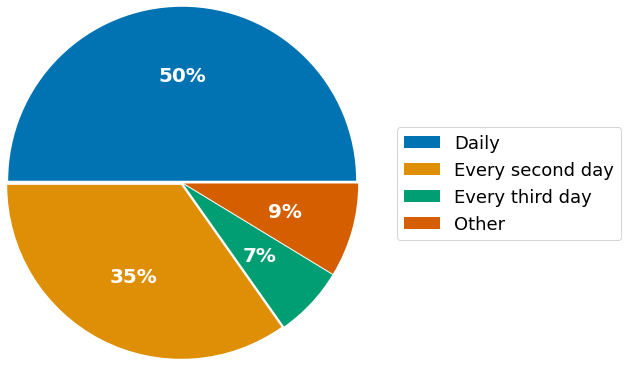
- Coatings for single-cell culture
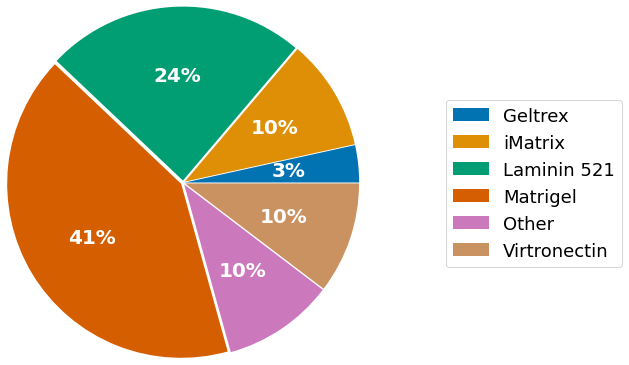
- Culture medium for single-cell culture

- Single-cell culture reagents
Matrigel stands out as the most commonly used substrate for single-cell culture among the survey participants. Following Matrigel, Laminin-521 has a higher proportion than Geltrex, which is the least utilized substrate in the context of single-cell culture.
Moreover, when it comes to cloning and culturing single iPSC cells, StemFlex emerges as the top choice among participants.
While the ROCK inhibitor Y-27632 maintains its dominance as a supplement for single-cell culture of iPSCs, some respondents seem opt for cloneR2 as part of their single-cell workflows.
- Supplements for single-cell culture

- Obstacles and common bottlenecks of iPSC cultures
Maintaining genetic integrity is paramount in pluripotent stem cell culture. Like any cell culture, the risk of harmful genetic abnormalities escalates with the passage number of cells. Over 80% of respondents express significant concern about the genetic stability of their iPSC cells, closely followed by worries about pluripotency loss.
The labour, time, and costs entailed in iPSC culture and research pose substantial challenges, with approximately half of the participants identifying them as high. Nearly half of the respondents also perceive reagent costs and labor as significant hurdles. Obtaining efficient single-cell cloning is deemed highly challenging by a third of the respondents, a figure that rises to about half when combining high and medium difficulty levels.
- Level of concern
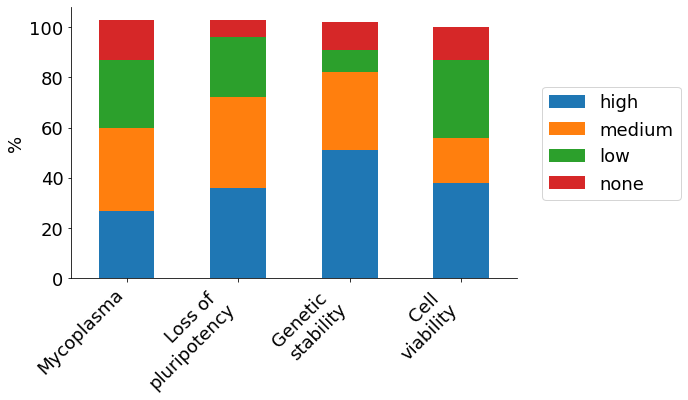
- Level of challenge
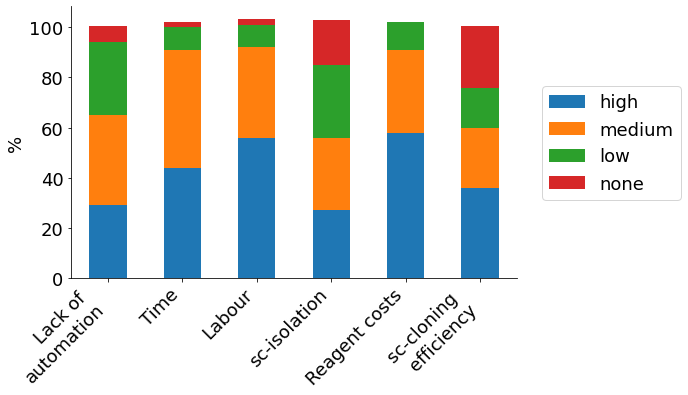
- Gentle single-cell handling solutions
Over 70% of respondents may consider lab automation in the future, consistent with almost 70% of survey participants judging a lack of automation as medium or highly challenging.
Explore our automation solutions for single-cell isolation and complete single-cell cloning workflows and feel free to contact us - we'd be happy to assist you and answer any questions you may have.